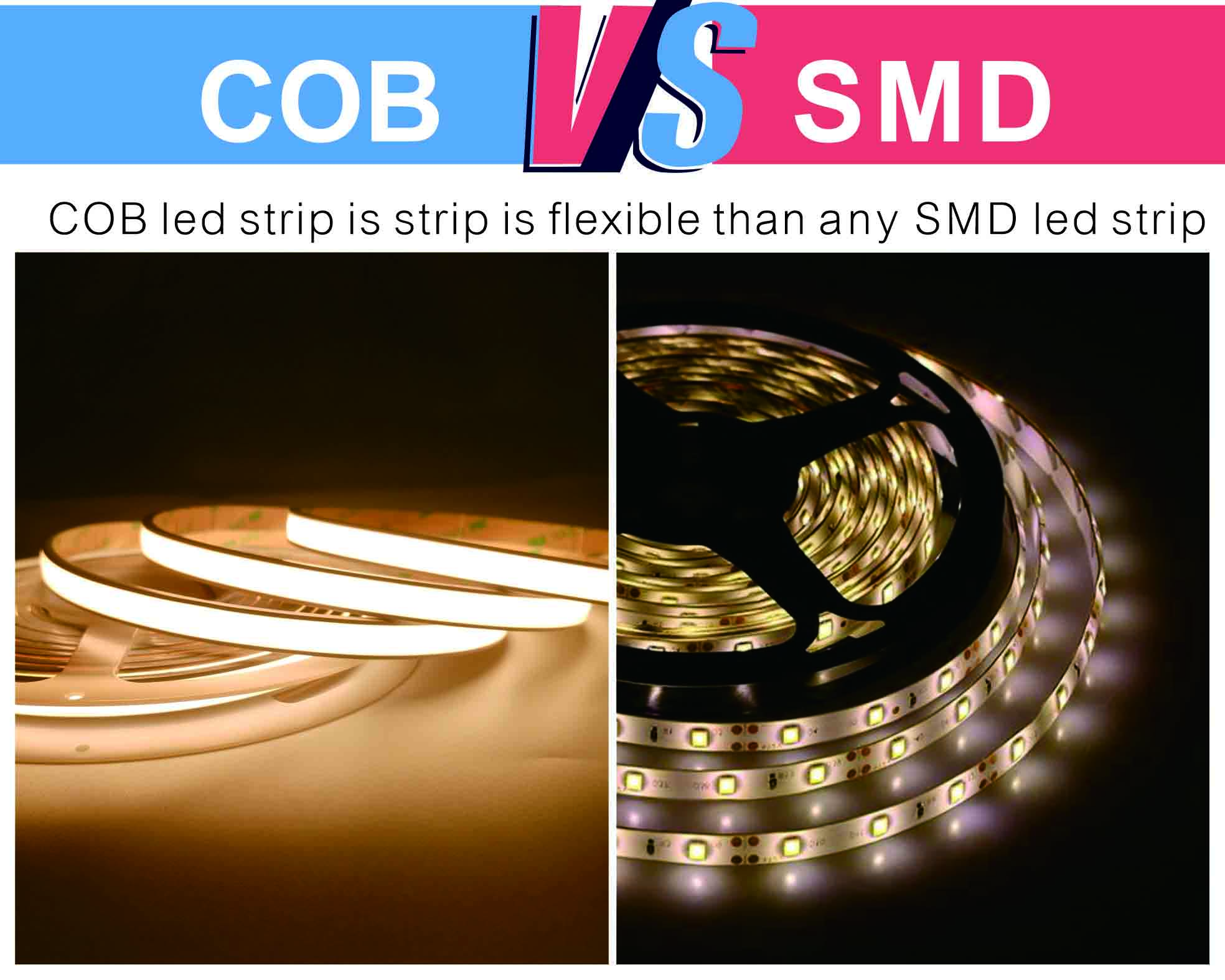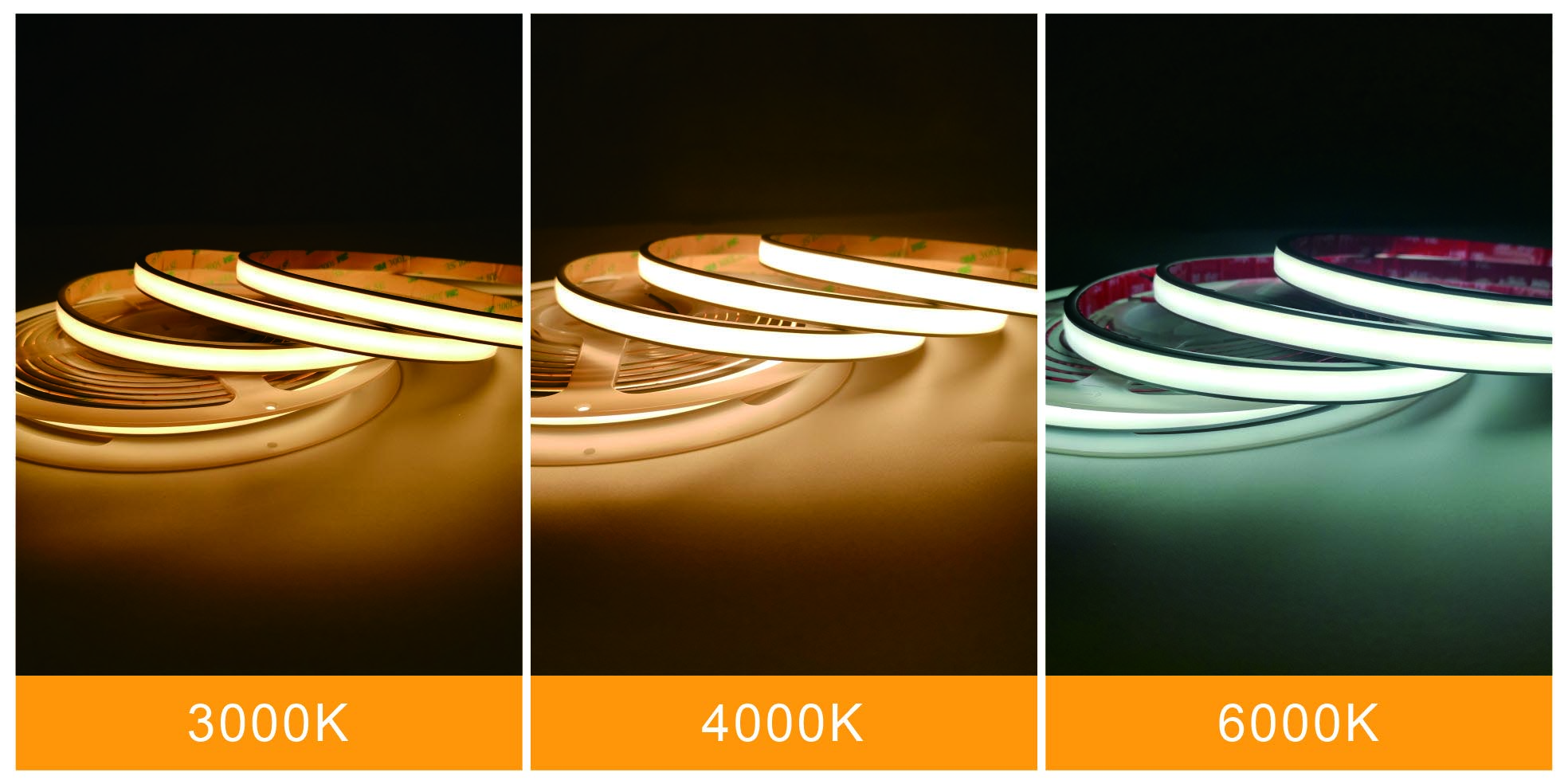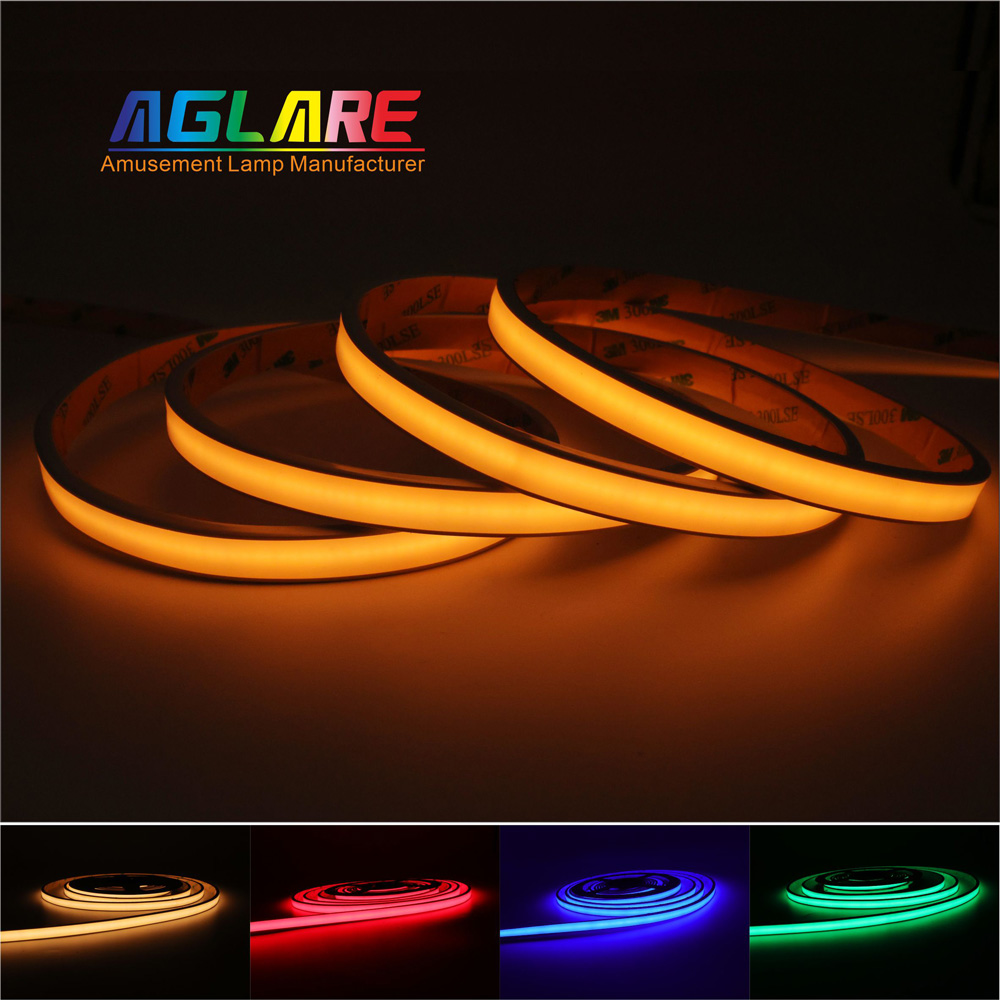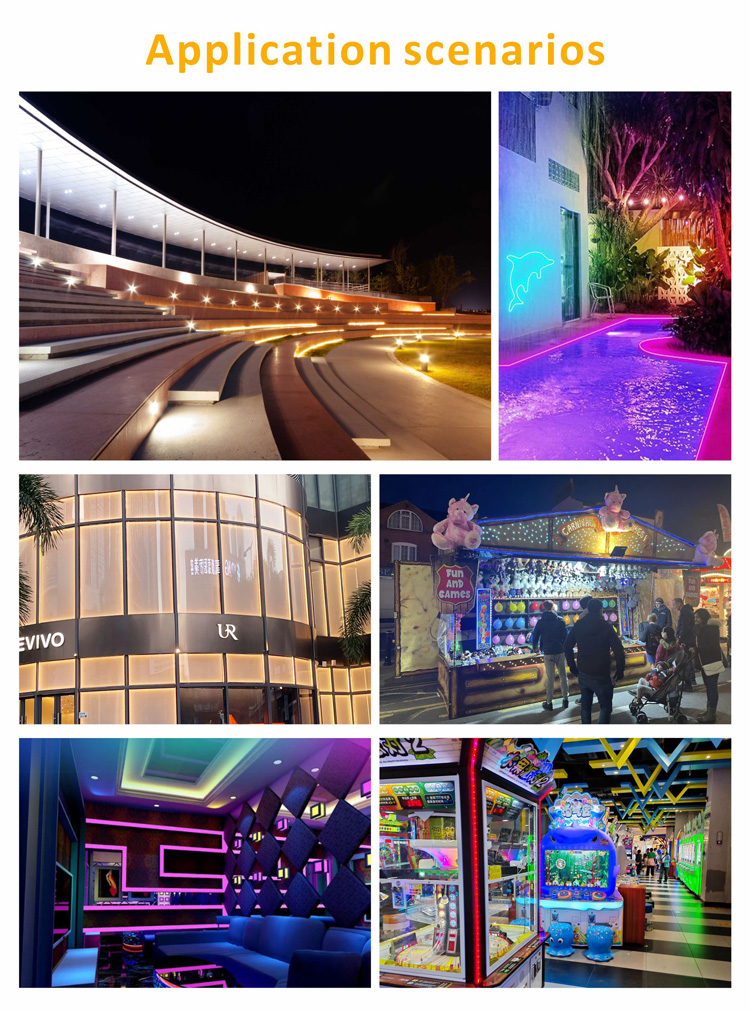-
Products Center
- Module LED Flood Lights
- 100 Series Module LED Flood Lights
- 300 Series Module LED Flood Lights
- 400 Series Module LED Flood Lights
- 600 Series Module LED Flood Lights
- 700 Series Module LED Flood Lights
- 800 Series Module LED Flood Lights
- Cast Aluminum LED Flood Lights
- 100 Series Cast aluminum LED Flood Lights
- 200 Series Cast aluminum LED Flood Lights
- 400 Series Cast aluminum LED Flood Lights
- Street LED Lights
- 100 Series COB LED Street Lights
- 200 Series SMD LED Street Lights
- 300 Series COB LED Street Lights
- 400 Series SMD LED Street Lights
- Application Area
- Certificate Center
- Technical Support
- Contact US

The Difference Betwee Cob Strip Lights and Ordinary Light Strips
- date: 2023-12-18
- category: Product application knowledge
- click:
In the field of home lighting, light strips are a common lighting decoration product, with many different types to choose from. Among them, COB LED Strip and ordinary light strips are the two most common types. This article will compare the differences between COB LED Strip and ordinary light strips in detail to help you better understand their lighting technology differences and advantages.

Lamp bead packaging technology:
COB light strip: COB stands for Chip-on-Board, which is an advanced chip packaging technology. Multiple LED chips are integrated on one chip to form a high-density light source.
Ordinary light strips: Ordinary light strips use traditional SMD (Surface Mount Device) packaging technology, and the LED chips are installed on the light strips in separate small packages.
Light source effect:
COB light strip: Due to the chip integrated design, COB light strip can provide a more concentrated and uniform light source effect, with higher light utilization efficiency and brighter lighting effect.
Ordinary light strips: The LED chips of ordinary light strips are relatively dispersed and the lighting effect is relatively weak.

Number of lamp beads:
COB light strip: Due to the chip integrated design, COB light strips can have more lamp beads within a certain length, providing higher brightness and uniformity.
Ordinary light strips: Ordinary light strips have a relatively small number of lamp beads, and the brightness and uniformity may be relatively low.
Color temperature selection:
COB light strips: COB light strips usually support a wider range of color temperature ranges, from warm white to cool white, to meet different lighting needs.
Ordinary light strips: Ordinary light strips have relatively limited color temperature options.
Energy saving performance:
COB light strips: Due to advanced chip packaging technology and high-efficiency conversion characteristics, COB light strips have lower power consumption and can achieve energy-saving lighting.

Ordinary light strips: Ordinary light strips have relatively poor energy-saving performance and high power consumption.
Flexibility and installation:
COB light strips: COB light strips are generally thinner and more flexible, making them easier to bend and install in small spaces.
Ordinary light strips: Ordinary light strips may have relatively poor flexibility and installation.
To sum up, there are obvious differences between COB light strips and ordinary light strips in terms of lighting technology, light source effect, number of lamp beads, color temperature selection, energy-saving performance, flexibility and installation. COB light strips rely on advanced chip packaging technology and high-density light sources to provide brighter, more uniform and energy-saving lighting effects, and are suitable for scenes that require high brightness and high-quality lighting. Ordinary light strips are suitable for general lighting needs. Choose the appropriate light strip type based on your personal lighting needs and decorating style to achieve the ideal lighting effect.

